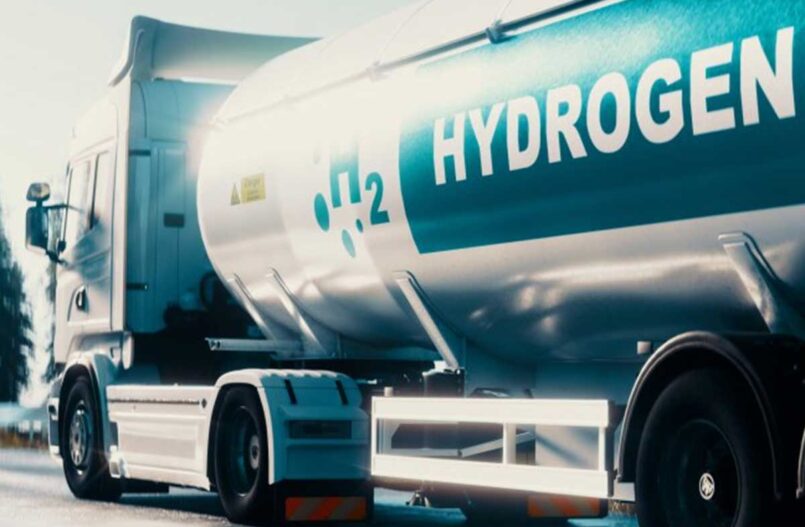In our quest to combat environmental pollution and tackle the energy crisis, hydrogen stands out as a beacon of hope. Its clean, efficient, and versatile nature promises a greener future.
However, as we venture into the world of hydrogen transportation, it’s essential to be aware of the potential dangers that come with it.
The Hydrogen Hazard
Hydrogen, while promising, comes with its own set of challenges. One critical concern is its susceptibility to material damage, which can lead to leakage. When hydrogen escapes at high pressures, it becomes a ticking time bomb, prone to spontaneous combustion due to its unique combustion characteristics.
This can result in catastrophic jet fires or even explosions, posing a serious threat to lives and property.
Room for Improvement
While significant progress has been made in understanding the safety aspects of hydrogen, there are still gaps and limitations that need to be addressed.
- Kinetic Mechanism and Turbulence Model Optimization: Fine-tuning the kinetic mechanism governing high-pressure hydrogen leakage reactions and improving turbulence models are paramount for better predicting and managing hydrogen leaks.
- Understanding Hydrogen Cloud Behavior: Exploring how hydrogen clouds expand and dilute after a liquid hydrogen spill is vital for establishing effective safety protocols.
- Unraveling Spontaneous Combustion Mechanisms: Further studies are needed to deepen our understanding of how leaked hydrogen spontaneously ignites and how various mechanisms interact in this process.
- Synergistic Material Damage: Investigating how hydrogen, in conjunction with other elements, affects material integrity is essential for developing materials that can withstand the challenges of hydrogen transportation.
Looking Ahead
In our pursuit of a greener future, hydrogen emerges as a beacon of hope, offering a clean, efficient, and versatile energy source. However, we must navigate the potential hazards associated with its transportation. The susceptibility of hydrogen to material damage and leakage, especially at high pressures, underscores the critical importance of safety measures.
Looking ahead, the prospect of creating an autonomous solution for hydrogen offers a revolutionary path. By generating hydrogen at its point of use, the need for extensive transportation could be eliminated altogether.
This transformative approach not only mitigates the risks associated with transport but also ushers in a new era of efficiency and sustainability.
In conclusion, embracing hydrogen as a clean energy solution is a pivotal step towards a sustainable future. By combining ongoing research efforts with a commitment to safety and innovative solutions, we can fully unlock the potential of hydrogen.

